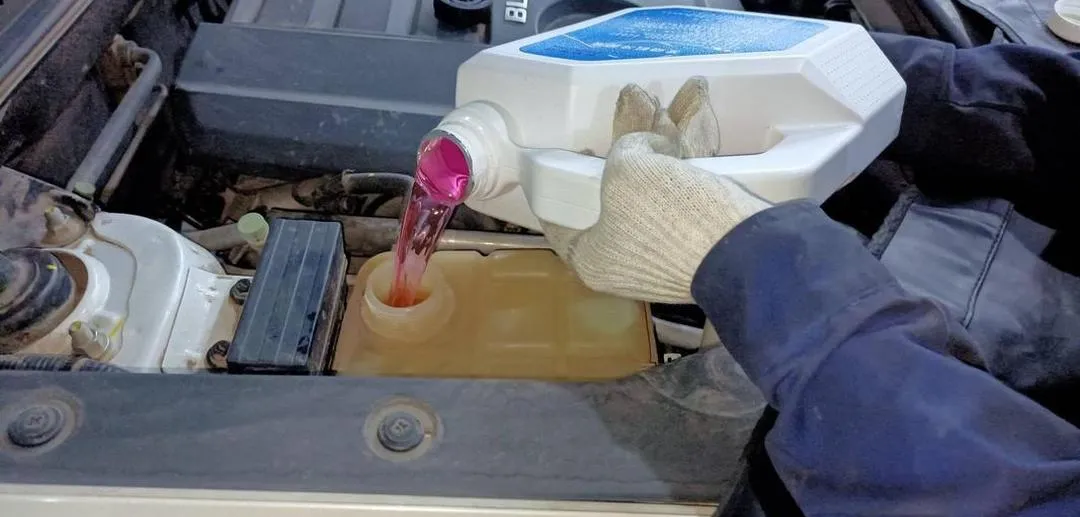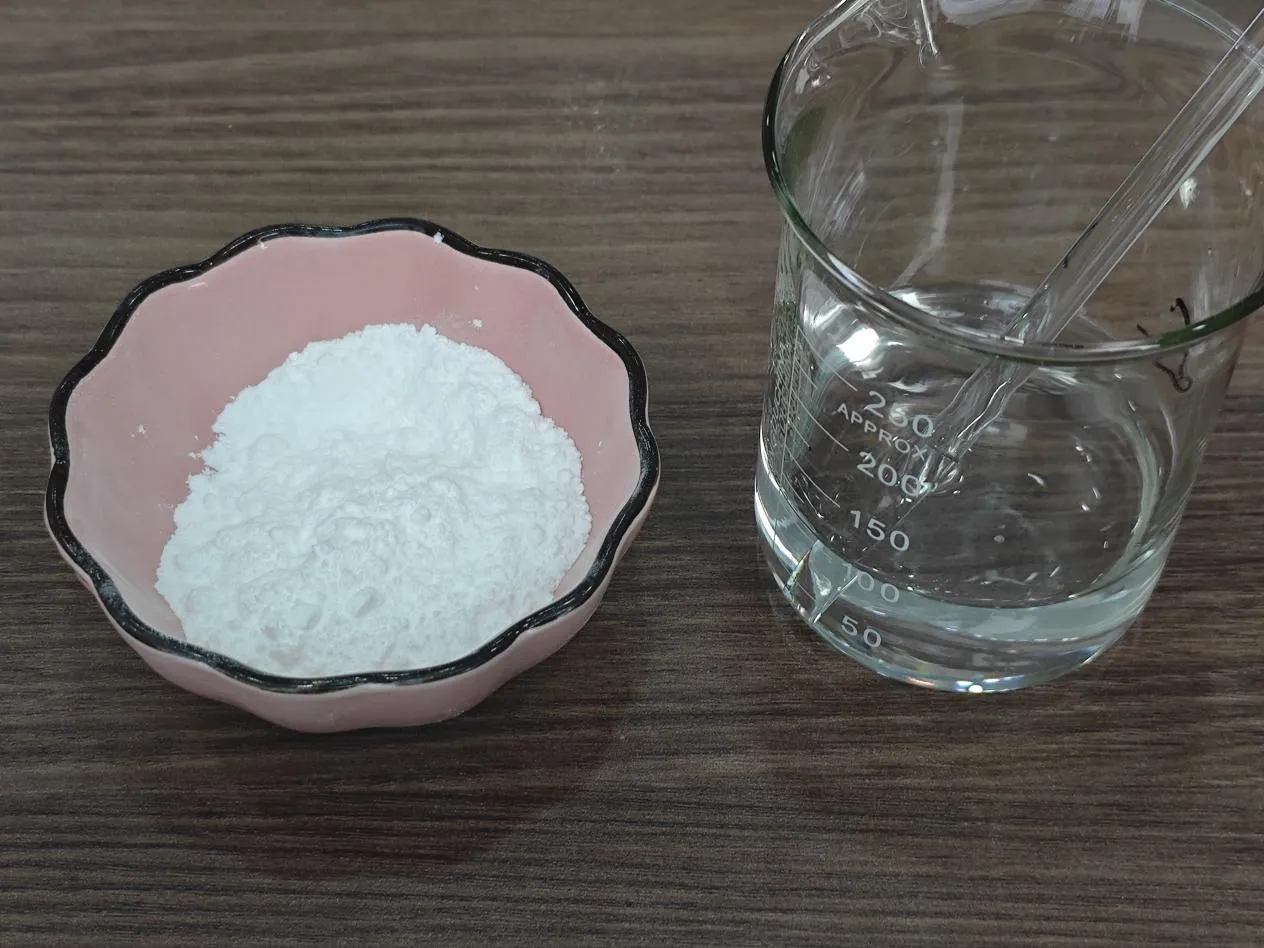
Understanding Anti-Foaming Agents: Types, Uses, and Applications Across Industries
Types of Antifoaming Agents and Their Applications
Foam formation can be a serious issue in various industrial and commercial processes. It leads to inefficiencies, product defects, and even equipment damage. To combat this, manufacturers use a range of antifoaming agents tailored to specific environments.

What Are Antifoaming Agents?
An anti foaming agent is a chemical additive used to prevent, reduce, or eliminate foam in liquids. Foam occurs when air is trapped in liquid due to agitation, surfactants, or chemical reactions. Choosing the right agent depends on the process and desired outcome.

Types of Antifoaming Agents
Silicone-based antifoaming agents
These are the most widely used and effective for a variety of applications. Silicone oils and emulsions reduce surface tension and disperse foam quickly.
Mineral oil-based antifoaming agents
Often combined with hydrophobic silica, these are used in lubricants, coolants, and paints.
Natural anti foaming agents
Derived from plant oils, waxes, and fatty acids, these are eco-friendly and suitable for food-grade applications.
Powdered antifoaming agents
Used in dry products such as powdered detergents and cement to prevent foam when mixed with water.
Examples of Antifoaming Agents
Some examples of antifoaming agents include:
Polydimethylsiloxane (silicone-based)
Vegetable oil esters (natural anti foaming agent)
Polyether-modified silicones
Hydrophobic fumed silica (used as a thickener in defoamers)
These agents are available in liquid, powder, or emulsion forms depending on the application.
Anti Foaming Agent Uses Across Industries
Anti Foaming Chemicals for Industrial Systems
In industrial systems, foam can disrupt operations by causing overflow, reducing heat transfer, or trapping impurities. Anti foaming chemicals are added to suppress foam in:
Wastewater treatment plants
Oil and gas drilling fluids
Paper and pulp production
Textile dyeing processes
A chemical anti foaming agent often contains silicone or mineral oils combined with silica for effective foam suppression.
Anti Foaming Agent for Coolant Applications
Coolants used in metalworking and automotive systems are prone to foam due to turbulence and the presence of surfactants. Foam in coolants can reduce lubrication, increase wear, and lead to overheating. Adding an anti foaming agent for coolant prevents these issues and ensures the system runs smoothly.
Anti Foaming Agent Uses in Food and Pharmaceuticals
In the food industry, foam can disrupt bottling and packaging processes, leading to spills and inconsistencies. Natural anti foaming agents such as plant-based oils or waxes are preferred for food safety.
In pharmaceuticals, foaming during fermentation or liquid drug formulation is controlled using FDA-approved anti foaming agents like simethicone. These are safe for ingestion and help ensure the stability and efficacy of medicines.
FAQs About Antifoaming Agents
What are the main types of antifoaming agents used in industry?
There are four main types: silicone-based, mineral oil-based, natural antifoaming agents, and powdered forms. Each has specific properties suited for various applications like wastewater treatment, food processing, and coolants.
What is a natural anti foaming agent, and where is it used?
A natural anti foaming agent is derived from plant-based oils, waxes, or fatty acids. It is commonly used in food and beverage manufacturing to meet safety standards and support eco-friendly production.
How do anti foaming chemicals work?
Anti foaming chemicals work by reducing the surface tension of liquids, breaking up foam bubbles, and preventing new foam from forming. They are essential in high-foaming processes such as pulp and paper production.
Why is an anti foaming agent for coolant important?
Coolant systems often experience foam due to turbulence and surfactants. Foam reduces heat transfer efficiency and can cause cavitation damage. An anti foaming agent for coolantsuppresses foam and improves system performance.
What are common anti foaming agent uses in manufacturing?
Common uses include controlling foam in wastewater treatment, food and beverage production, pharmaceuticals, paints and coatings, and metalworking fluids. Each industry requires agents formulated to its specific needs.
Conclusion: Selecting the Right Anti-Foaming Agent
The proper use of antifoaming agents is crucial for maintaining efficiency and product quality across industries. From natural anti foaming agents in food production to anti foaming chemicals in wastewater treatment, each type is formulated for specific requirements.
Whether you need an anti foaming agent for coolant, a food-grade defoamer, or an industrial foam suppressant, understanding anti foaming agent uses will help you choose the best solution. By leveraging the right agent, you can save costs, extend equipment life, and ensure seamless production processes.
-
Hydroxypropyl Starch as a Sustainable Construction AdditiveNewsNov.24,2025
-
The Gelation Properties of CMCNewsNov.21,2025
-
Redispersible Latex Powder and Water Retention CapacityNewsNov.21,2025
-
Dosage Control for Polycarboxylate Water ReducerNewsNov.21,2025
-
Film-Forming Properties of Polyvinyl AlcoholNewsNov.21,2025
-
The Function of Gypsum Additives in MortarNewsNov.21,2025





















